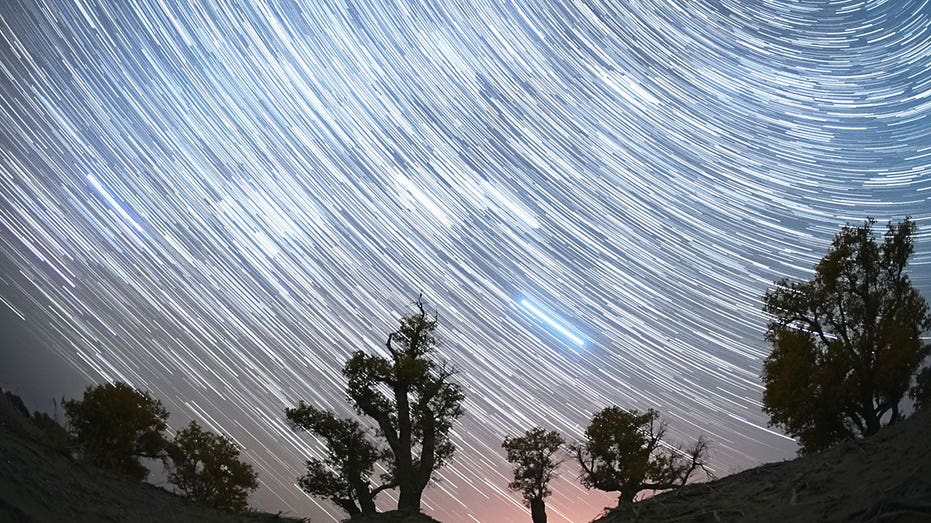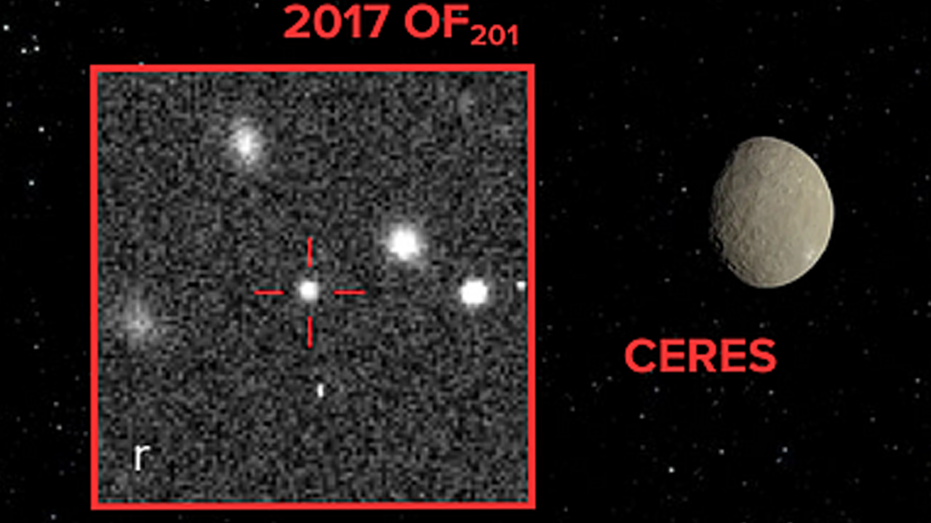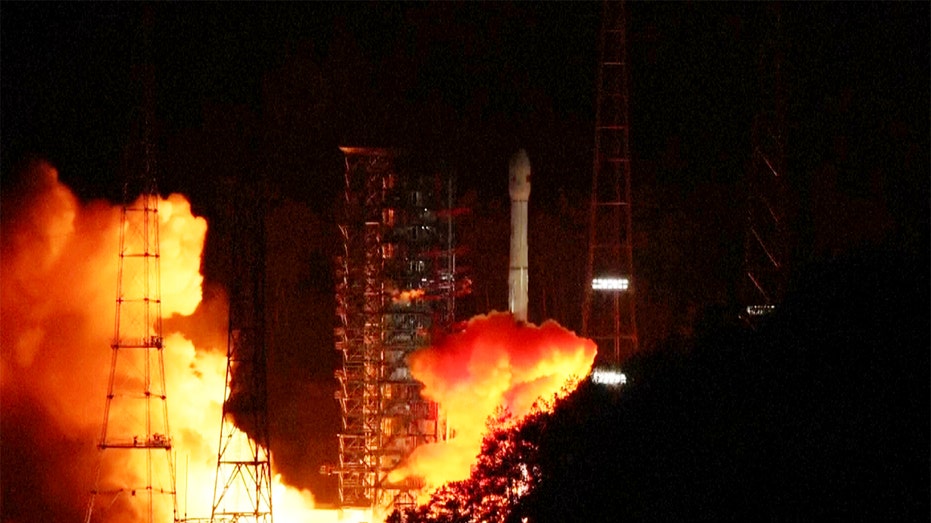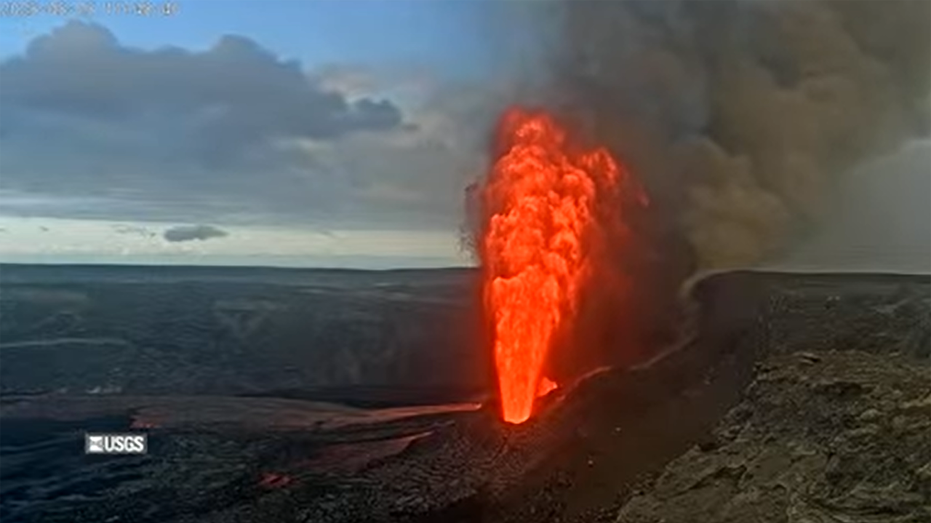Orionid Meteor Shower to Light Up Night Sky Through Most of November

Sarah Johnson
March 3, 2025
Brief
The Orionids meteor shower, featuring debris from Halley’s Comet, peaks October 21 and dazzles through November 22. Learn viewing tips and what to expect this year.
The **Orionids meteor shower**, one of the most stunning celestial shows of the year, is set to dazzle night skies through most of November. Skywatchers in both hemispheres are in for a treat, with the shower peaking on **October 21** and continuing its streak of shooting stars until **November 22**.
According to NASA, the Orionids are famous for their **brightness and speed**, streaking across the sky with incredible flair. These meteors are fragments of **Halley’s Comet**, a celestial wanderer that only graces us every 76 years. The last time Halley swung by was in 1986, and it won't be back until 2061. So yes, these meteors are basically hand-me-downs from a comet that's been circling the sun for millennia.
**Viewing Conditions Matter**: To catch this meteor shower at its best, clear skies are essential. A bright waning gibbous moon might play the role of an overzealous spotlight, outshining the fainter meteors. But don’t fret—some of the Orionids leave behind glowing "trains," which are bits of debris that can linger in the sky for several minutes. And if you're lucky, you might spot a fireball—a faster, more dramatic meteor streak.
At its peak, expect to see up to **15 meteors per hour** in the Northern Hemisphere, provided you're away from city lights. NASA's Bill Cooke suggests finding a dark, open area, lying flat on your back, and letting your eyes adapt to the darkness for about 30 minutes. "Bring a blanket and soak it all in," he advises. Stargazing pro tip: patience pays off.
Halley's Comet is the gift that keeps on giving. Its icy nucleus sheds dust and debris whenever it enters the inner solar system, creating not just the **Orionids in October**, but also the **Eta Aquarids in May**. So, technically, Earth gets two meteor showers out of one comet. Talk about cosmic efficiency!
While most of us won't be around to see Halley's return, its legacy is alive and well in these yearly meteor showers. If the heavens cooperate, grab your blanket, head out to a dark spot, and enjoy the show. Just think—you're watching pieces of a comet older than civilization itself.
Topics
Editor's Comments
There’s something poetic about watching fragments of a comet that won’t return for decades. It’s like a little cosmic reminder that the universe is both timeless and fleeting. Also, shoutout to Bill Cooke for casually turning meteor watching into a cozy blanket event. Who knew stargazing could double as therapy?
Like this article? Share it with your friends!
If you find this article interesting, feel free to share it with your friends!
Thank you for your support! Sharing is the greatest encouragement for us.



